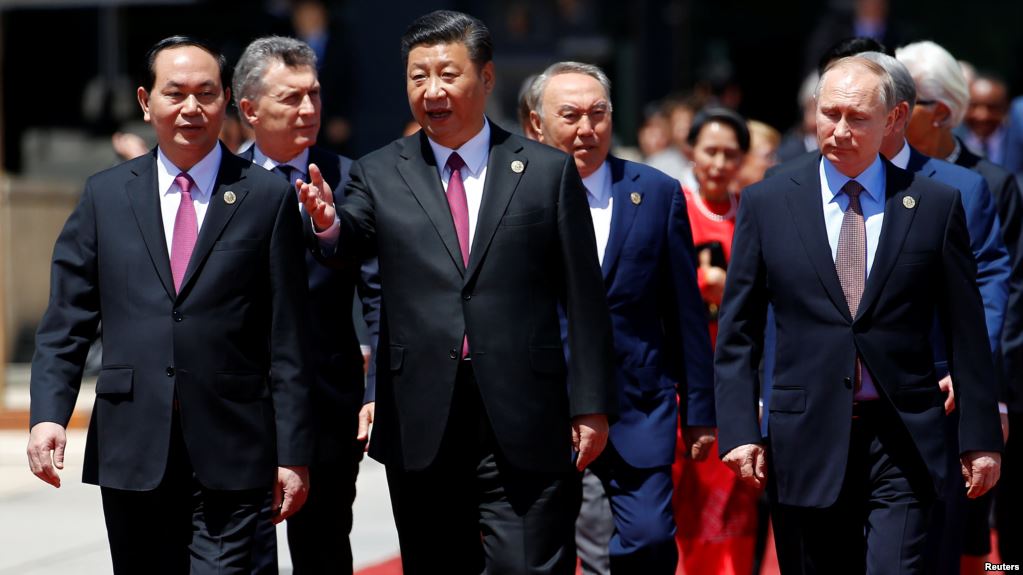Since the launch of Belt-Road initiative (BRI) at Bao Forum in October, 2013 up-till now numbers of countries that have embraced BRI have gone up from 60 to 110. As many as 29 countries of Asia, Europe, Africa and Latin America sent their heads of states to attend the summit by mid May, 2017. The article to examine to what extant BRI proved to be a success story in last three years, try to unfold the obstacles the initiative is facing and will propose remedies as well.
Summit Attendants
South and East Europeans who are often indebted and need to foreign investment sent their heads of states. Energy rich Central Asians, Argentines and Chileans sent their Presidents too. Russia and Turkey are interlinks between Asia and Europe and these two countries are regional powers as well. They want their own projects like Russia’s Eurasian Union and Turkey’s Middle Corridor Plan to be linked to BRI. China-Pakistan-Economic–Corridor most important in liking West China directly to Ocean and Sri Lanka’s Colombo and Hambantota ports are important middle points of Maritime Silk Road. So presence of heads of Pakistan, Turkey and Sri Lanka proves that the BRI is supported by pivotal countries which are most essential for the success of the project. Vietnam, Cambodia and Laos show that even countries with high growth rates do not want to miss the bus. Indonesia, Malayasia and Vietnam’s presence is most soothing since it proves despite all geo political problems with China in South China Sea, the country is eager to cooperate economically. Presence of Argentine President shows change in government through electoral process does not reduce enthusiasm for BRI.
The U.S. sent important attendants at the last moment. The U.S. President Trump himself great construction business person and he may have great interest in BRI which by itself is about mammoth construction. Japan sent General Secretary of ruling Liberal Democrat Party who is second most powerful man in Japan after Prime Minister Abe. So Japanese businessmen don’t want to miss the bus too.
Europe & Belt Road
Many of Europe’s major logistics companies have put a large amount of effort into promoting Europe-China rail transport in 2016. Now, in 2017 we must see these efforts start producing results. Europeans initially thought BRI is a mere pipeline for China to dump cheap products onto European markets. Now that concern is largely refuted. European freight forwarders, manufacturers, and policy makers are now waking up to the fact that these newly enhanced trade corridors are providing ample opportunity to get more of their high-value products to the booming markets of China and the rest of Asia. European pharmaceutical, chemical, automotive, luxury, and food companies started jumping in throughout 2016 — a movement that’s expected to grow in the coming year. European law makers also found to admire Chinese President Xi Jing Ping’s defence of globalisation in Davos Summit 2017 in sharp contrast to anti immigrant and anti open economy stand of Trump’s U.S. administration. High external debt and high fiscal deficits among European countries like Spain, Italy, Greece, etc. also making BRI a great opportunity for Europe. Still Europeans continue to have several issues while joining Belt Road.
European concerns can be summarized as 🙂
-
Chinese companies’ practice of bringing Chinese labour for developing projects may be politically disastrous in face of rising anti immigrant mentality across Europe.
-
Belt-Road was promoted on various levels by overlapping institutions. This lack of institutionalisation may be confusing for the European law makers.
-
Increased connectivity may boost illegal trafficking, organized crime, counterfeiters.
-
General sense of distraction from economic and political crisis in EU.



